Honduras The 10 most touristically places, Honduras, located in Central America, is a country that boasts a rich cultural heritage, diverse ecosystems, and a wealth of historical sites. From the ancient Mayan ruins of Copán to the pristine beaches of Roatán and the colonial charm of Comayagua, Honduras offers a range of experiences for travelers seeking adventure, culture, and natural beauty. In this exploration, we delve into the ten most touristically renowned places in Honduras, shedding light on the unique attractions that draw visitors from around the world.
1. Copán Ruins: Mayan Archaeological Marvel
The Copán Ruins, nestled in the western part of Honduras near the border with Guatemala, stand as a testament to the advanced civilization of the ancient Maya. Designated as a UNESCO World Heritage site, Copán is renowned for its intricate stelae, altars, and hieroglyphic stairway, which contains the longest Mayan inscription known. The Great Plaza, the Ball Court, and the Acropolis are among the key archaeological features that transport visitors to the heart of Maya civilization. The artistic and architectural brilliance of Copán, combined with its lush surroundings, makes it a must-visit destination for history enthusiasts and those intrigued by Mesoamerican cultures.
2. Roatán: Caribbean Paradise and Diving Haven
Roatán, the largest of the Bay Islands, is situated in the Caribbean Sea and is a premier destination for beach lovers and diving enthusiasts. The island’s coral reefs, including the Mesoamerican Barrier Reef, attract divers and snorkelers from around the globe. West End and West Bay are popular beach towns, offering a laid-back atmosphere, vibrant nightlife, and a variety of water-based activities. Roatán’s pristine beaches, crystal-clear waters, and vibrant marine life make it a tropical paradise that caters to both relaxation and adventure.
3. Utila: Diver’s Delight and Backpacker’s Haven
Utila, another of the Bay Islands, is known for its affordable diving courses and vibrant backpacker culture. The island’s coral reefs provide a diverse underwater ecosystem, and Utila is recognized as one of the best places in the world for affordable scuba diving certifications. The laid-back atmosphere, diverse marine life, and the chance to encounter whale sharks in season make Utila a sought-after destination for those seeking an immersive and budget-friendly diving experience.
4. La Ceiba: Carnival Capital and Eco-Tourism Hub
La Ceiba, located on the northern coast of Honduras, is a vibrant city known for its lively carnival, which is one of the largest in Central America. The city’s annual Carnaval de la Ceiba attracts locals and visitors alike, featuring parades, music, and colorful costumes. La Ceiba is also a gateway to the Pico Bonito National Park, offering opportunities for eco-tourism, hiking, and birdwatching in the lush rainforests of the Cangrejal River Valley. The city’s dynamic culture, natural beauty, and proximity to outdoor adventures make it a diverse destination for travelers.
5. Comayagua: Colonial Heritage and Historical Treasures
Comayagua, situated in the central part of Honduras, is a city with a rich colonial heritage and a wealth of historical treasures. The city’s central Plaza de la Independencia, flanked by colonial-era buildings, showcases the architectural charm of Comayagua. The Cathedral of the Immaculate Conception, with its colonial-style façade and historic clock, is a cultural landmark. Visitors can explore the city’s museums, including the Museum of Anthropology and History, to delve into Honduras’ past. Comayagua’s colonial elegance, cultural significance, and well-preserved historical sites make it a destination that encapsulates the country’s colonial legacy.
6. Cayos Cochinos: Tropical Archipelago Retreat
Cayos Cochinos, an archipelago off the northern coast of Honduras, is a tropical retreat known for its pristine coral reefs, crystal-clear waters, and lush vegetation. Comprising 13 small cays, the area is a marine reserve and offers excellent snorkeling and diving opportunities. The islands are home to a diverse array of marine life, including colorful coral formations and tropical fish. Cayos Cochinos’ secluded ambiance and natural beauty make it an ideal destination for those seeking an off-the-beaten-path Caribbean escape.
7. Gracias: Historic Town in Lempira Highlands
Gracias, located in the Lempira Department, is a historic town surrounded by mountainous landscapes and is known for its well-preserved colonial architecture. The San Cristóbal Fort, dating back to the 16th century, provides panoramic views of the town and the surrounding hills. Gracias is a gateway to the Celaque National Park, home to the highest peak in Honduras, Cerro Las Minas. The town’s colonial charm, historical significance, and proximity to natural wonders make it a destination that appeals to both history enthusiasts and outdoor adventurers.
8. Omoa: Coastal Fort and Relaxing Beaches
Omoa, situated on the Caribbean coast, is a coastal town known for its colonial-era fortress, the San Fernando de Omoa Fortress. Built in the 18th century, the fortress served to protect against pirate attacks and stands as a historical landmark. Visitors can explore the fortress and enjoy the town’s relaxed beaches, making Omoa a destination that combines history with coastal charm. The Fortaleza de San Fernando, surrounded by palm trees and overlooking the sea, adds to the town’s unique appeal.
9. Tela: Caribbean Gateway and Garífuna Culture
Tela, located on the Caribbean coast, is a coastal town known for its beaches, lush national parks, and vibrant Garífuna culture. The Lancetilla Botanical Gardens, one of the largest tropical botanical gardens in the world, showcases a diverse collection of plant species. Tela’s beaches, including Playa Punta Sal and Playa Miami, attract sun-seekers and water sports enthusiasts. The town’s connection to the Garífuna people, with their distinct music, dance, and cuisine, adds a cultural dimension to Tela’s allure as a coastal getaway.
10. Lake Yojoa: Tranquil Oasis and Birdwatching Haven
Lake Yojoa, situated in the western part of Honduras, is the country’s largest lake and a tranquil oasis surrounded by hills and forests. The lake provides opportunities for boating, fishing, and birdwatching, with over 400 bird species identified in the area.
The Pulhapanzak Waterfall, located near the lake, adds to the natural beauty of the region. Lake Yojoa’s serene ambiance, diverse ecosystems, and the chance to explore both natural and cultural attractions make it a destination that appeals to those seeking a peaceful retreat.
In conclusion, Honduras’ allure as a tourist destination lies in its diverse offerings, from the ancient Mayan ruins of Copán to the pristine beaches of Roatán and the colonial charm of Comayagua. Each of the ten highlighted destinations showcases a different facet of the country’s multifaceted beauty, inviting travelers to explore the unique blend of culture, history, and natural wonders. Whether diving in the Bay Islands, exploring colonial towns, or immersing in the vibrant Garífuna culture, Honduras stands as a testament to the richness and diversity of Central America’s cultural and natural treasures.


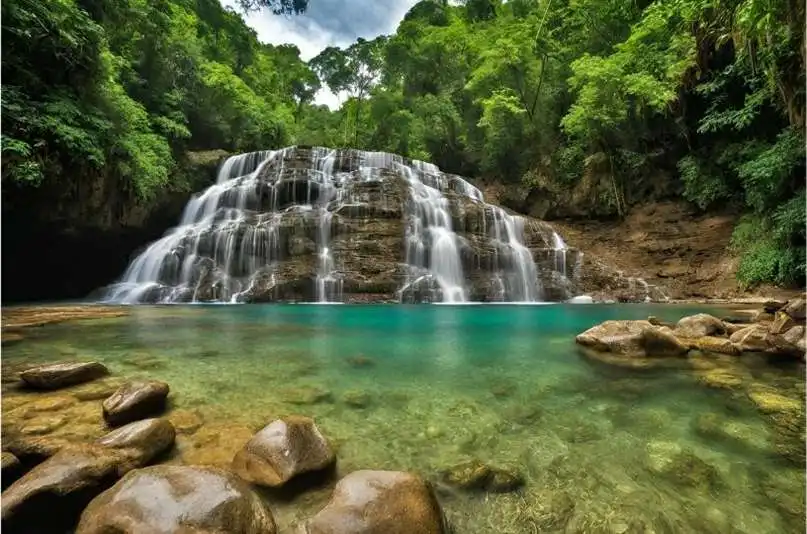
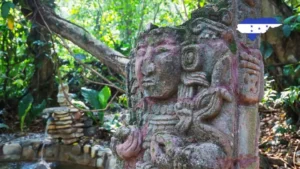

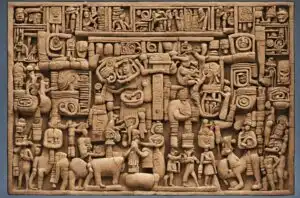



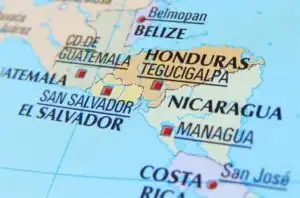
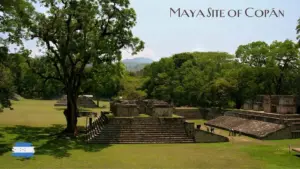
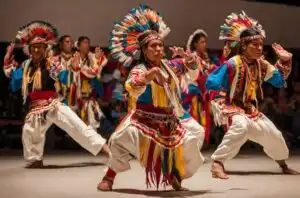
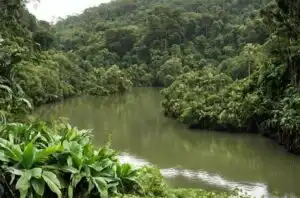
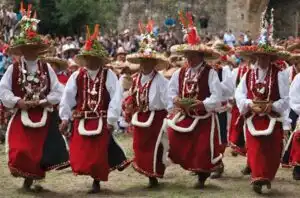
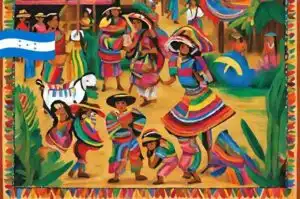


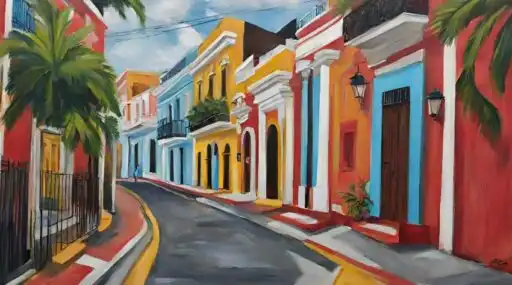





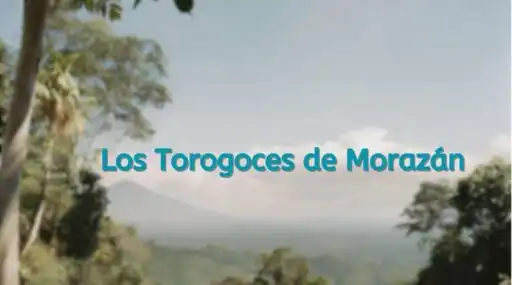
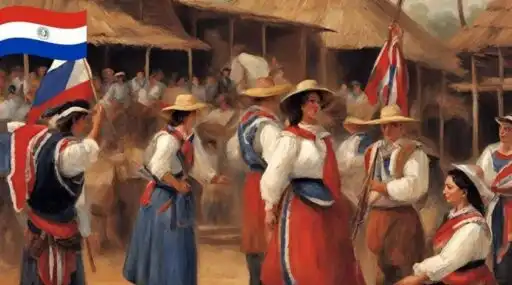
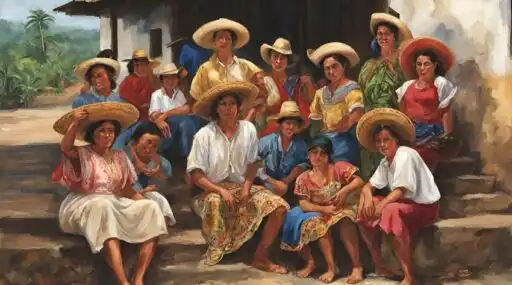

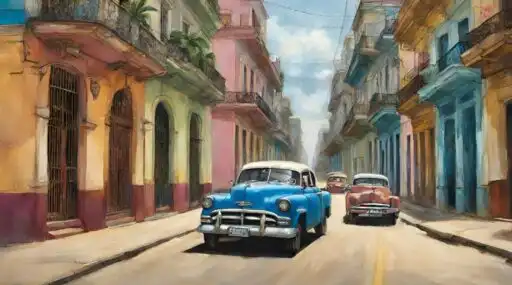

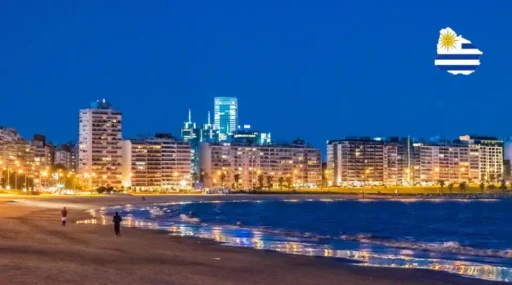

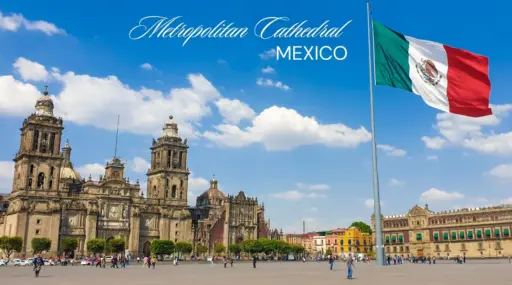

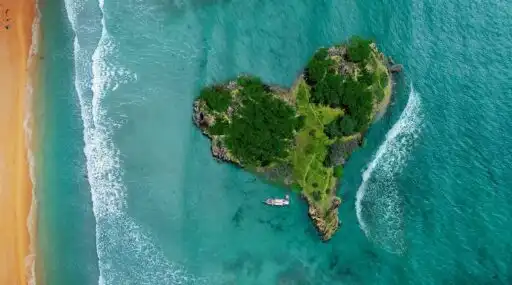

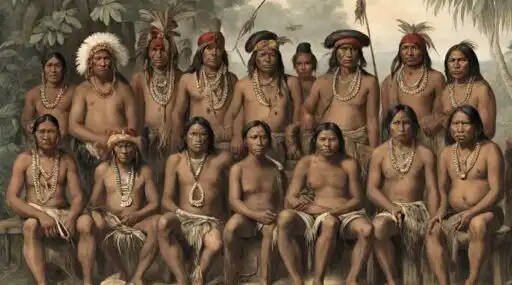






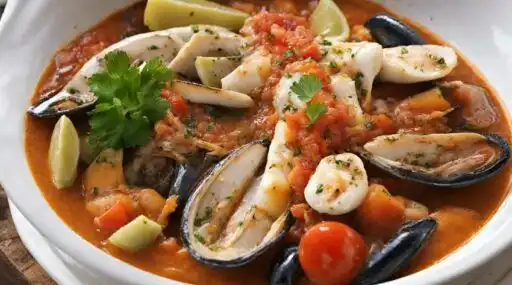

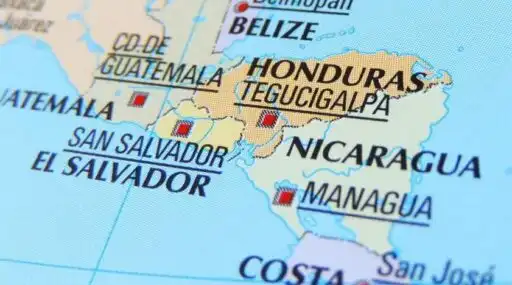


Leave a Reply